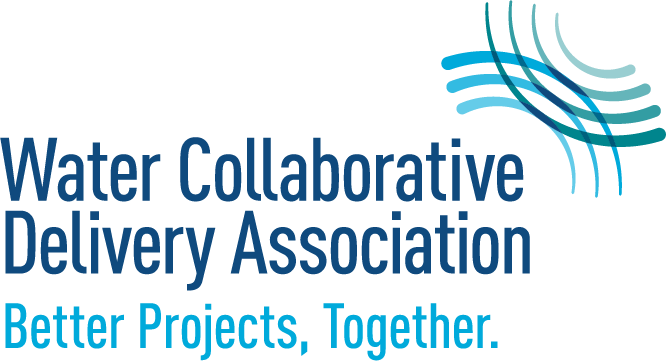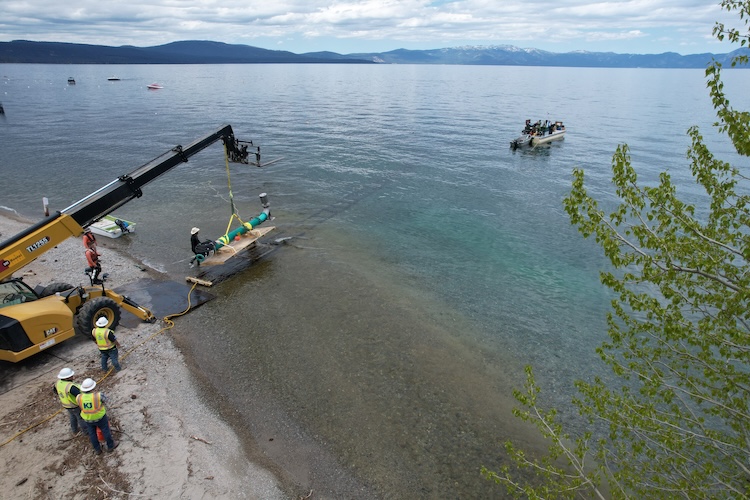Public works infrastructure in the US is at a pivotal moment. Many water and wastewater systems built during the infrastructure booms of the mid-20th century are reaching the end of their service lives. This presents a unique opportunity for engineers to rethink how we design and deliver infrastructure—not just for immediate needs, but for long-term resilience, sustainability, and community benefit.
Traditional delivery methods like design-bid-build (DBB) provide an engine to get public works built with low capital costs, but they often fall short in addressing the complex challenges of today’s water infrastructure projects. To build systems that last generations, civil engineers are increasingly turning to design-build (DB) and other collaborative delivery approaches that integrate design and construction, streamline communication, and prioritize life cycle value.
Rethinking Infrastructure for Longevity and Ecosystem Health
Water infrastructure is more than pipes and treatment plants—it’s the backbone of healthy ecosystems and thriving communities. Designing for longevity means considering not just initial construction costs, but the full life cycle of the asset, including operations, maintenance, and environmental impact.
Collaborative delivery methods such as progressive design-build (PDB) and construction management at-risk (CMAR) enable project teams to align early around shared goals: reducing life cycle costs, enhancing system resilience, and supporting ecological sustainability. These approaches foster innovation and adaptability, allowing engineers to respond to evolving community needs and environmental conditions.
Moving Beyond Lowest Bid: Designing for Value
In water engineering, the lowest bid doesn’t always mean the best value. Life cycle costs—including energy use, maintenance, and environmental degradation—can quickly outweigh initial savings. Collaborative delivery shifts the focus from cost alone to value-driven outcomes, encouraging teams to prioritize:
- Durability and resilience in infrastructure design
- Efficient use of natural resources
- Integration with surrounding ecosystems
- Community engagement and long-term satisfaction
By embedding these priorities into the design and delivery process, engineers can create infrastructure that performs well and contributes positively to the environment and society.
Collaborative Delivery: A Framework for Future-Ready Infrastructure
Collaborative delivery brings together engineers, contractors, and stakeholders from the outset, fostering a shared understanding of project goals and constraints. This integrated approach supports:
- Interdisciplinary collaboration for holistic solutions
- Accelerated timelines through streamlined procurement
- Improved risk management and quality control
- Stakeholder engagement that reflects community values
These benefits are especially critical in water and wastewater projects, where environmental regulations, climate resilience, and public health are central concerns.
Designing for the Full Life Cycle
The majority of an infrastructure asset’s cost lies in its operation and maintenance—not its construction. Collaborative delivery enables engineers to consider these long-term costs from the beginning, leading to smarter decisions about materials, energy efficiency, and system design.
By focusing on life cycle value, engineers can deliver infrastructure that:
- Requires less frequent replacement
- Minimizes environmental impact
- Supports ecosystem services
- Enhances community resilience
Building for the Future
As aging infrastructure is replaced, engineers have a chance to redefine what success looks like in public works. By embracing collaborative delivery, we can move beyond short-term fixes and create water infrastructure that is resilient, sustainable, and deeply aligned with community and environmental needs. Designing for longevity isn’t just good engineering—it’s a commitment to future generations.

